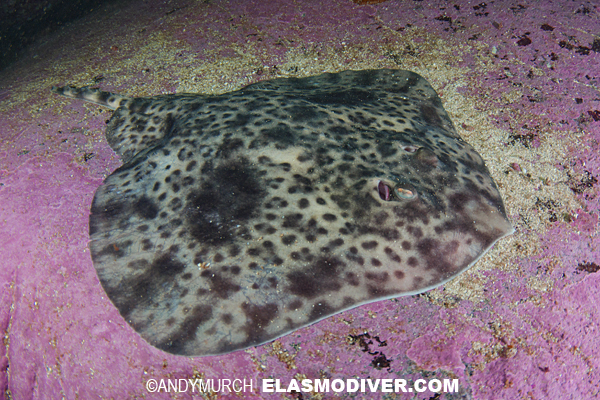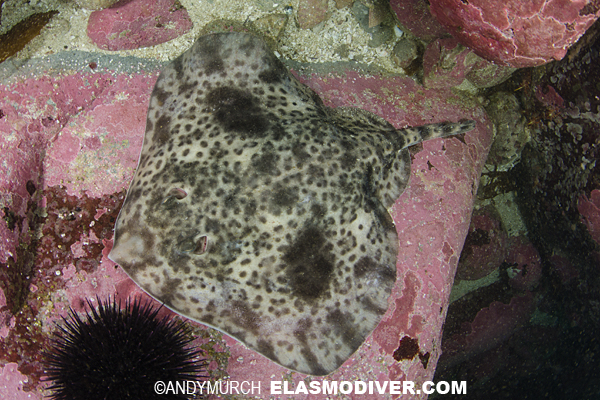|
|
|
SHARK INFO |
|
SHARK |
|
SHARK EVOLUTION |
|
|
|
SHARK DIVING |
|
SHARK DIVING 101 |
|
|
|
CONSERVATION |
|
|
|
PHOTOGRAPHY |
|
SHARK PHOTO TIPS |
|
|
|
RESOURCES |
|
|
|
WEB STUFF |
|
WHAT IS ELASMODIVER? Not just a huge collection of Shark Pictures: Elasmodiver.com contains images of sharks, skates, rays, and a few chimaera's from around the world. Elasmodiver began as a simple web based shark field guide to help divers find the best places to encounter the different species of sharks and rays that live in shallow water but it has slowly evolved into a much larger project containing information on all aspects of shark diving and shark photography. There are now more than 10,000 shark pictures and sections on shark evolution, biology, and conservation. There is a large library of reviewed shark books, a constantly updated shark taxonomy page, a monster list of shark links, and deeper in the site there are numerous articles and stories about shark encounters. Elasmodiver is now so difficult to check for updates, that new information and pictures are listed on an Elasmodiver Updates Page that can be accessed here:
|
|
_ |
SHORTTAIL FANSKATE |
|
More Shorttail Fanskate Images in the Shark and Ray Picture Database Shorttail Fanskate Latin Name: Sympterygia brevicaudata Family: Rajidae Identification: Anterior margin of disc broadly rounded with slight concavity before pectoral fin tip. Small point on snout. Rear margin of body disc rounded. Dorsal fins distinct. Tail short with two equally sized dorsal fins near tip. Small row of thorns along midline of back. Patches of small thorns near disc margin just behind eyes. Dorsum cream/light grey with many dark leopard-like spots and blotches. Elongated blotches around disc margin often give the appearance of radiating lines. One pair of large, dark, oval or teardrop shaped ocelli (eye-spots) on wings. Visible interior region of spiracles pink. Size: Maximum length 38cm. Habitat: Sand or rocks usually between 18-38m. However, enters shallow areas to deposit egg capsules on kelp. Abundance and distribution: Ecuador to Central Chile. Behavior: Unknown. Probably hunts on soft substrates for mollusks and crustaceans. In Chile, enters shallow bays in spring to deposit eggs. Reproduction: Oviparous. Lays flattened egg capsule with very long tendrils which it wraps around kelp stalks. Conservation Status: Data Deficient. According to the IUCN, not enough information exists to evaluate this specie's status. However, the IUCN notes that shorttail fanskates are probably captured as bycatch in inshore fisheries including bottom trawls targeting crustaceans as well as recreational fishing. Photographs: Las Tacas, Chile. Similar species: The shorttail fanskate shares its range with a number of other skate species in Chile. Reaction to divers: Extremely tolerant. Remains motionless even when fanned to remove sand or when gently moved. Diving logistics: I encountered one or two shorttail fanskates on all but one dives that I conducted with Las Tacas Dive Resort in November. As this species is generally found at deeper depths and may only move into shallow water to deposit eggs, this may have been a lucky seasonal encounter that is not possible at other times of year. |























